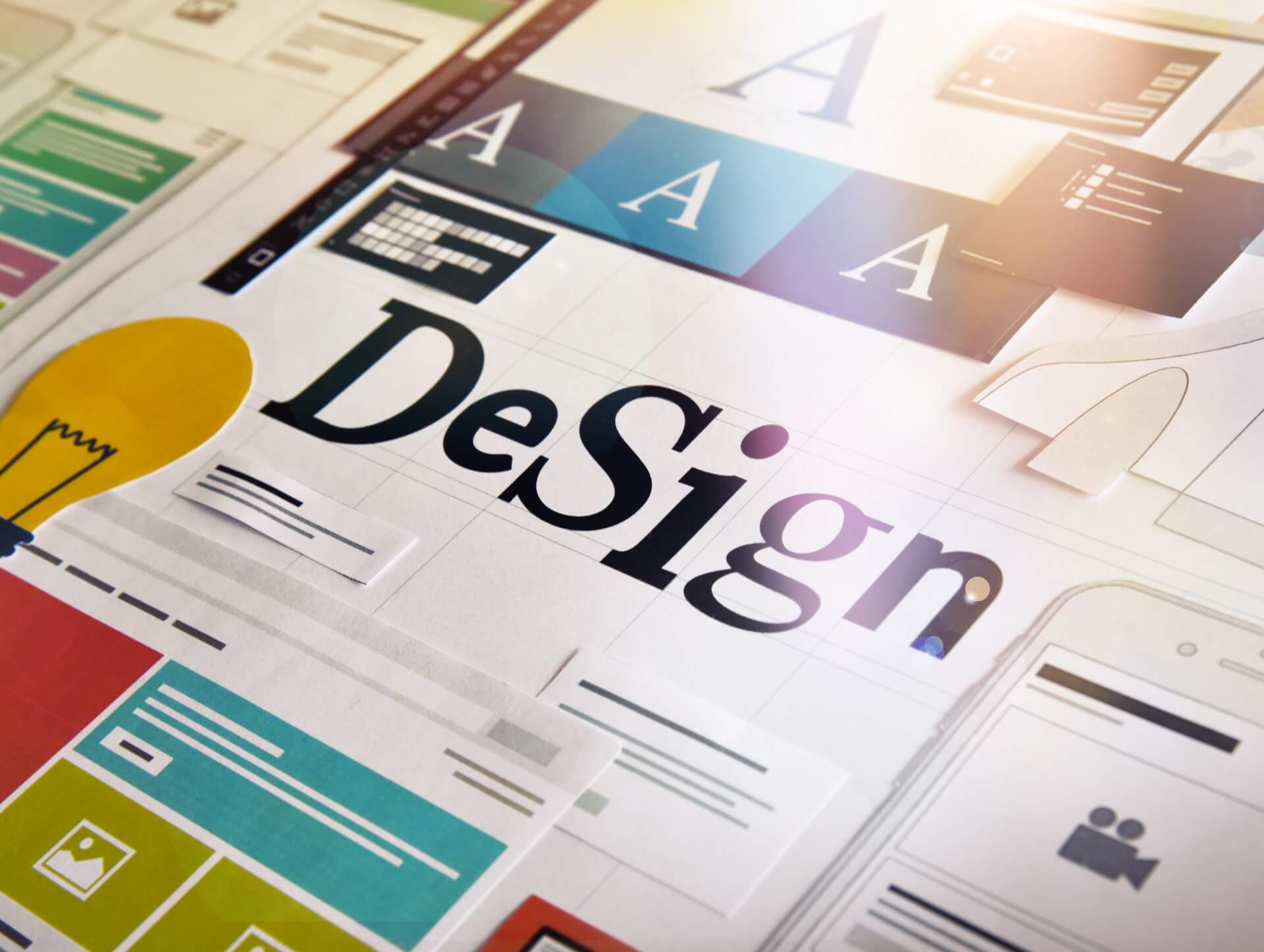The role of typography in graphic design maintenance

06/09/2023
Graphic design plays a crucial role in establishing and maintaining a brand identity. From custom designs to monthly design services, businesses rely on graphic designers to create visual solutions that captivate their target audience. However, one often overlooked aspect of graphic design maintenance is typography. Typography, the art and technique of arranging type, can greatly impact brand consistency and design effectiveness. In this article, we will explore the importance of typography in graphic design maintenance and how it contributes to a successful design partnership.
Brand Consistency through Typography
Typography is an essential element of brand identity. Consistency in typography helps establish brand recognition and fosters trust in the target audience. By using consistent typography across various design materials such as logos, websites, and marketing collateral, businesses can create a cohesive and unified visual identity. This consistency creates a sense of professionalism and reliability, enabling customers to easily recognize and connect with the brand.
Design consultation and creative collaboration are key in ensuring that typography aligns with the brand's values and goals. By working closely with a graphic designer, businesses can tailor their visual identity to reflect their unique personality and positioning. A dedicated designer with expertise in typography can offer valuable insights and recommendations to create a typography system that effectively communicates the brand's message.
The Power of Typography in Communication
Typography is not just about aesthetics; it is a powerful tool for communication. The choice of typeface, font size, and spacing can greatly influence how a message is perceived and understood. Different typefaces evoke different emotions and convey different meanings. For example, a bold and sans-serif typeface may convey strength and modernity, while a script font may evoke elegance and sophistication.
Designers with ongoing creative support and access to unlimited revisions can fine-tune the typography to ensure it effectively communicates the desired message. Through iterative design processes, designers can experiment with different typographic elements to find the perfect balance between readability, aesthetics, and brand identity. This ongoing design process allows for continuous improvement and refinement of the typography to meet the evolving needs of the brand.
Typography and User Experience
Typography also plays a significant role in user experience (UX) design. In digital interfaces, such as websites and mobile apps, typography is crucial for guiding users through the content and enhancing readability. Well-designed typography helps users navigate the interface, find the information they need, and interact with the brand seamlessly.
A professional retainer with a dedicated designer ensures that the typography is consistently optimized for user experience. Designers with expertise in UX design understand the importance of legibility, hierarchy, and accessibility in typography. They can select appropriate typefaces, font sizes, and line spacing to enhance readability on different devices and screen sizes. By considering the user's perspective, designers can create a typography system that enhances the overall user experience and encourages engagement with the brand.
Conclusion
Typography plays a crucial role in graphic design maintenance. It contributes to brand consistency, effective communication, and a positive user experience. By partnering with a graphic designer who offers tailored design solutions and ongoing design support, businesses can ensure that their typography aligns with their brand identity and effectively communicates their message. Whether it's through monthly design services, retainer packages, or creative consultation, investing in proper typography maintenance is essential for creating a strong and impactful visual identity.
Contact us

Spanning 8 cities worldwide and with partners in 100 more, we’re your local yet global agency.
Fancy a coffee, virtual or physical? It’s on us – let’s connect!

